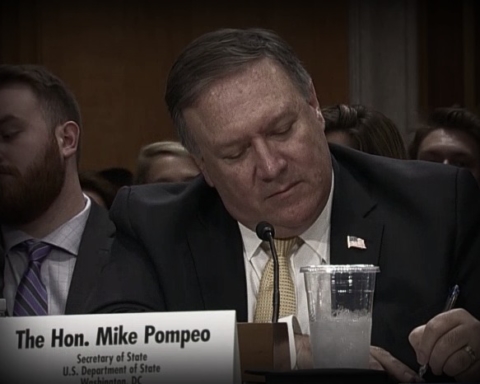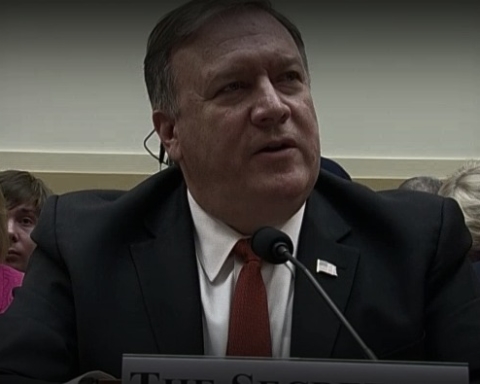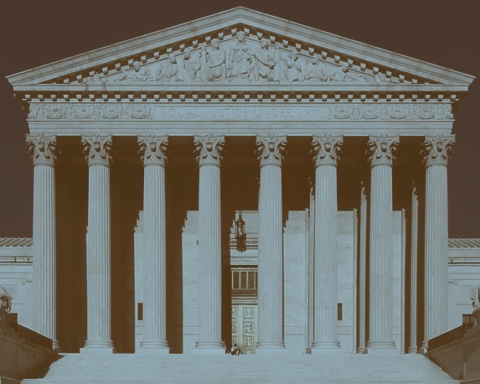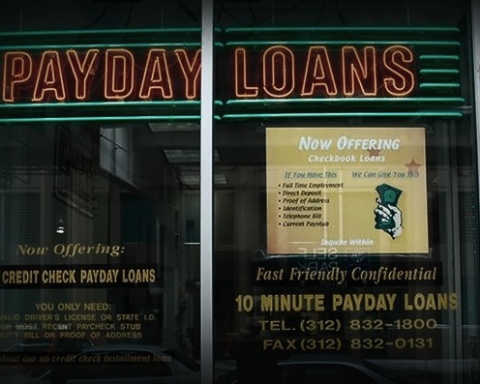A measure that would significantly lower taxes for top income earners in the US would only cost the government $191 billion, a conservative group estimated, despite the official cost of the proposal being closer to $2.4 trillion.
The conservative Tax Foundation issued its questionable analysis of the GOP’s tax proposal, which was part of the “Better Way” agenda unveiled last month by House Speaker Paul Ryan (R-Wis.).
The plan would slash the top income tax rate to 33 percent from its current rate of 39.6 percent. It would reduce top capital gains and dividend tax rates from 20 percent to 16.5 percent. And it also would drop the corporate income tax rate from 35 percent to 20 percent. Under the proposal, federal estate and gift taxes would be completely eliminated.
The official price tag of the massive tax cuts is estimated to be well over two trillion dollars over the next decade. The Tax Foundation, however, alleges that the costs would be reduced by more than 90 percent, once increased economic growth is factored in.
“On a static basis, the plan would reduce federal revenue by $2.4 trillion, most of the revenue loss being from one-time transitional costs,” the foundation stated.
“However, due to the larger economy and the significantly broader tax base, the plan would reduce revenue by $191 billion over the next decade,” it goes on to allege–a 92% reduction.
Relying on certain economic assumptions and effects to determine the cost of tax cuts is known as “dynamic scoring,” and is often touted by Republicans to justify supply-side fiscal policy going back to the 1980’s. Despite the claims from conservative economists, the significant tax reductions pursued by former Presidents Ronald Reagan and George W. Bush resulted in enormous budget deficits.
“Dynamic scoring has proven to be extremely unreliable and is used by Republicans to cover up their fiscal irresponsibility,” said Rep. Sandy Levin (D-Mich.), the Ranking Member on the House Ways and Means Committee, in response to the GOP plan.
A review of the plan by a more liberal think tank, Citizens for Tax Justice, found that it would cost more than $4 trillion over the next decade.
The Tax Foundation’s analysis also acknowledged that the top one percent wealthiest Americans will reap the most gains from the plan. Although the bottom 60 percent income earners will see between a .2 and .5 percent increase in their after-tax incomes, the top one percent will enjoy a 5.3 percent gain.
The proposal actually increases taxes on the bottom end of filers, with individuals making below $10,000 seeing their rates increase from ten to twelve percent.







